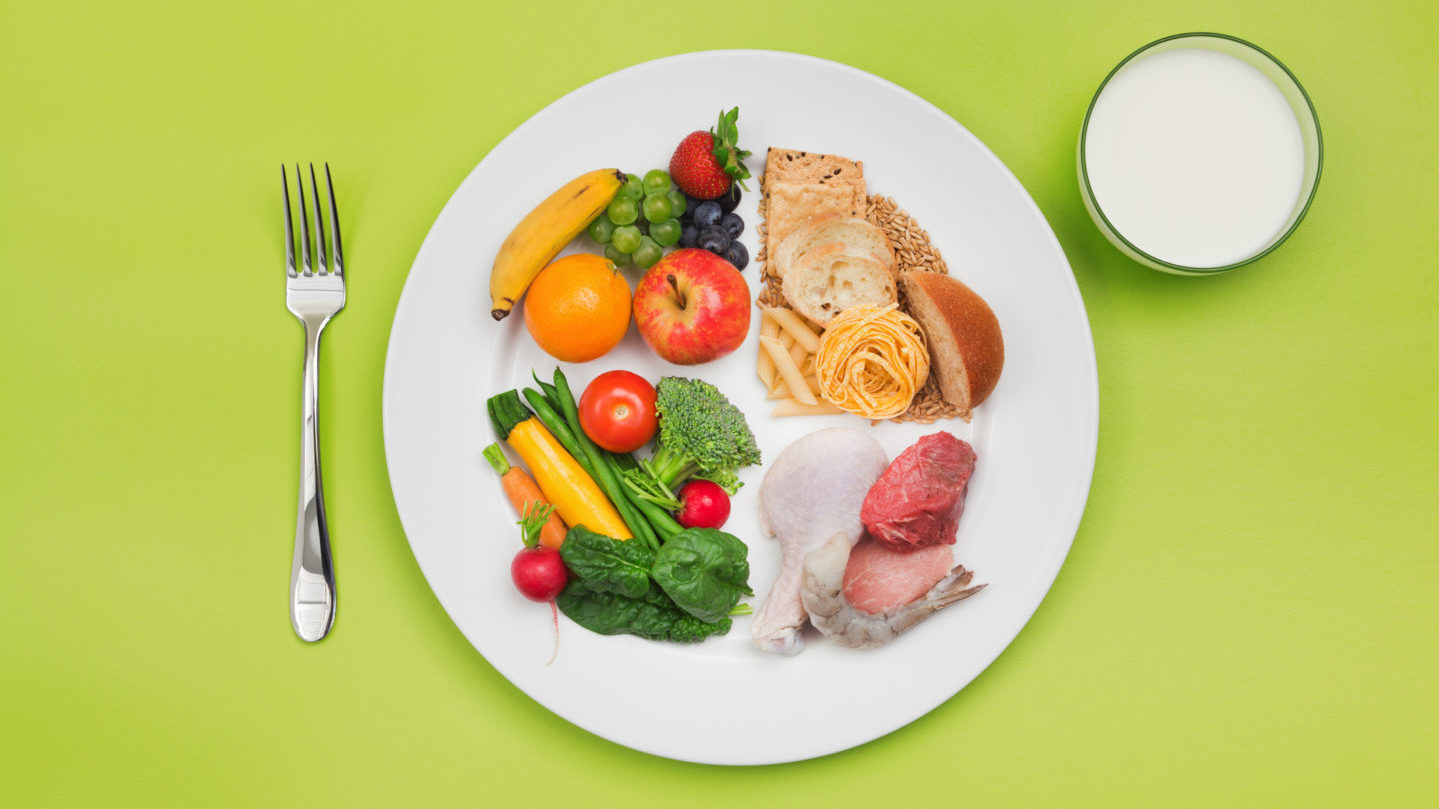
A new study showed the link between nutrition deficiency patterns and the risk for all-cause and cardiovascular mortality in older adults with hypertension. Authors said the pattern may be an important risk factor in that population, according to the study published Monday in BMC Public Health.
Data came from 6,924 people aged 60 and up in the US National Health and Nutrition Examination Survey (NHANES) database. Researchers followed up on the data for a median of 8.7 years.
Investigators examined levels of vitamin A, vitamin B1, vitamin B12, vitamin C, vitamin D, vitamin E, vitamin K, fiber, folate, calcium, magnesium, zinc, copper, iron and selenium, and the analysis showed four classes of malnutrition: Nutrient deprived; adequate nutrient; inadequate nutrient; and low-fiber, magnesium and vitamin E. Of note: The “low fiber, magnesium and vitamin E” group was similar to the “adequate nutrient” group, but with lower levels of vitamin E, fiber and magnesium.
The strongest hazard ratio for all-cause death was in the “nutrient deprived” group, followed by the “inadequate nutrient” and the “low fiber, magnesium and vitamin E” group. The “nutrient deprived” group had the strongest hazard ratio in terms of cardiovascular-related death, followed by the “adequate nutrient,” “low fiber, magnesium and vitamin E” and the “inadequate nutrition” groups. In previous research, the authors showed that more dietary fiber intake was associated with a lower risk of death in older adults who had hypertension.
Compared to the “adequate nutrient” group, participants with poorer nutrient intake status tended to have higher risks of all-cause and specific-cause mortality, the authors wrote.
The risk of all-cause and cardiovascular mortality significantly increased when the nutrient deficiencies increased.
“The study suggested the dietary nutrients deficiency patterns of vitamins, dietary fiber and minerals had a great effect on all-cause and cardiovascular mortality risk among older adults with hypertension, especially fiber, magnesium and vitamin E,” the authors wrote.



